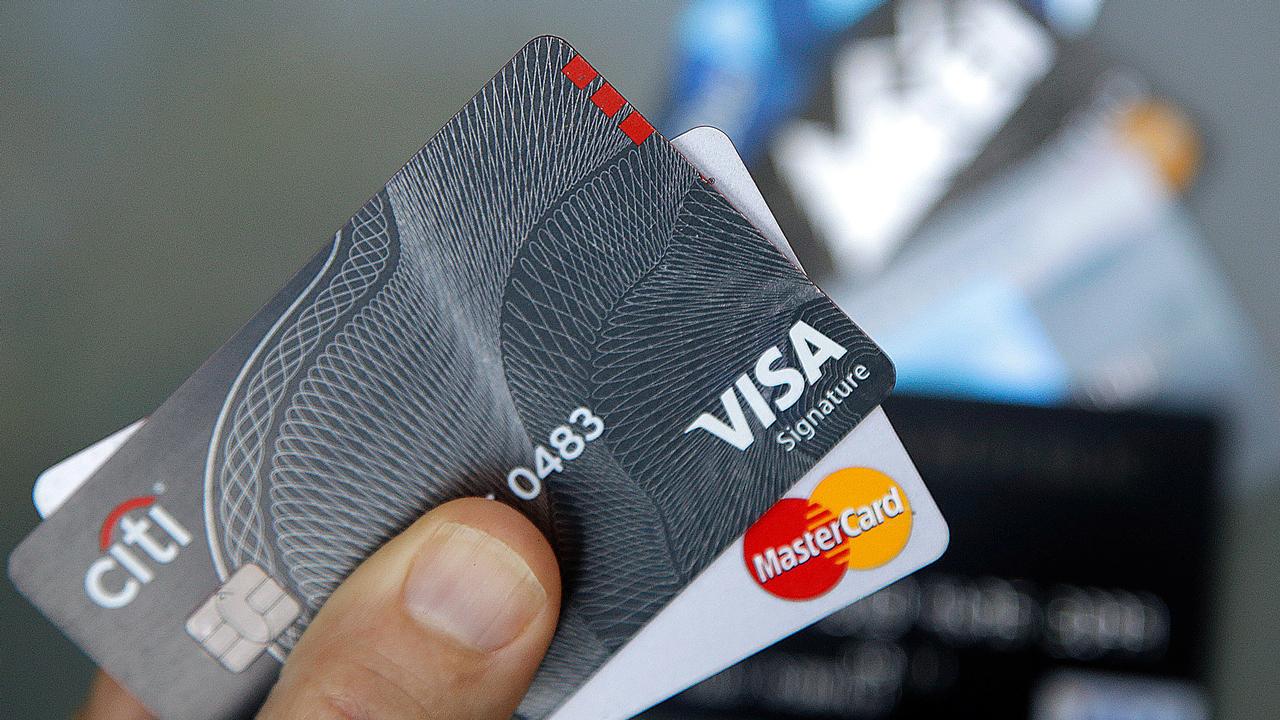How to save and pay off credit card debt
Not only are Americans swimming in debt; they are also doing a poor job of saving for emergencies. Bankrate.com surveyed more than 1,000 households and found that 3 in 10 Americans have more credit card debt than emergency savings, the highest in nine years of surveys. So what should take precedence: saving for emergencies or paying off credit card debt? David Kilby, president of FinFit says the answer is not one size fits all.
“There is no common formula that could be applied to everyone,” he says. “The first step is to understand your unique circumstances. What is the cost of your credit? How much credit do you have outstanding? What is your cash flow today? What is your disposable income? How much savings do you have and what is the cost of living expenses you can reasonably anticipate relative to a safety net account?”
Kilby says saving for emergencies and paying off credit card debt simultaneously is the key to achieving long-term financial security.
“It’s not just about the economics,” he says. “What we coach is behavioral change. Savings is a behavior. It’s not important just because you are putting a safety net in place as you are paying off your credit card debt. You are establishing a behavior that will go on for years and years and years.”
How to save for emergencies
How much and how often should you be saving? Kilby says that depends on your age and income level. His advice is to start putting money away as soon as you get your first job.
“In year one, we want you to put away two to five percent of your first year’s disposable income,” he says. “That’s not a huge dollar amount and should not have a material impact on your daily living expenses.”
As you age, Kilby suggests increasing your savings percentage every year anywhere from a quarter point to one percent.
“40 years into your career, upwards of 50 percent of your disposable income should be going into your savings,” he says. “You should be positioning yourself for retirement at that point in life.”
Kilby says many people make the mistake of looking at their salary when trying to figure out how much to save. He says it is more important to look at your disposable income. That is the money you have left over after you have paid federal, state and local taxes. Kilby recommends saving a percentage of your disposable income instead of allocating a specific dollar amount.
“As you go over time and your income increases, the amount being allocated to your savings account will also increase because you allocated it as a percentage of your income and not a fixed dollar amount,” he says.
With many Americans living paycheck to paycheck, Kilby says it’s not always feasible to put away 12 months of expenses for emergencies. Instead, he says it’s more realistic to have 30 to 90 days of emergency savings set aside.
“You need enough time that if you lose your job, you have ample time to meet the needs of your family while you look to obtain new employment or new sources of income,” Kilby says.
How to pay off credit card debt
Kilby says the first step in tackling credit card debt is to create a budget. Look at your disposable income and figure out what you can afford to pay toward your credit card debt. Kilby’s advice is to ‘set it and forget it’ by scheduling automated payments.
“Back in the old days, what we used to do is take out our checkbook and write out the next 12 months of payments on that credit card debt,” he says. “We would put them in the envelopes. We would address them to the credit card company and we would make sure we were going to send them on a monthly basis. It’s almost a psychological commitment. Not just in month one, but in month one through month 12, if we are really going to accomplish the goal of paying off the credit card debt.”
Kilby says the biggest challenge people face when dealing with credit card debt is changing their negative spending patterns.
“If you are using the credit card for discretionary spending – in other words, wants and not needs – that is the behavior we have to change first,” he says. “Once we’ve done that, we can attack the actual debt itself and pay it down over time.”
CLICK HERE TO GET THE FOX BUSINESS APP
Still not sure how to tackle both? Kilby recommends meeting with a professional.
“The savings and credit card dilemma is a constant challenge for everyone,” he says. “These types of challenges can’t be applied universally across the board. One really does need to sit down with a financial wellness coach, an advisor or someone who can evaluate their unique position.”
Linda Bell joined FOX Business Network (FBN) in 2014 as an assignment editor. She is an award-winning writer of business and financial content. You can follow her on Twitter @lindanbell




















